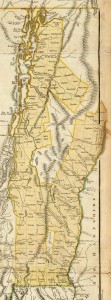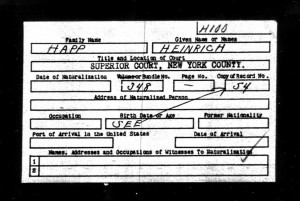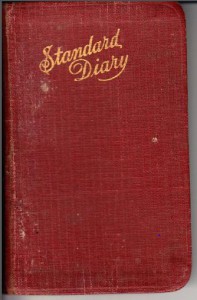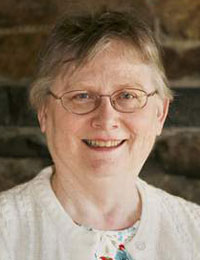 As part of the Society’s Ask a Genealogist service, I was recently asked about locating someone in post-Revolutionary War Strafford, Vermont. The time frame in which this person lived reminded me of the special considerations for this region, which was once hotly disputed by New Hampshire, New York, Vermont, and even Massachusetts.
As part of the Society’s Ask a Genealogist service, I was recently asked about locating someone in post-Revolutionary War Strafford, Vermont. The time frame in which this person lived reminded me of the special considerations for this region, which was once hotly disputed by New Hampshire, New York, Vermont, and even Massachusetts.
The territory that would become today’s Vermont was claimed by both New Hampshire and New York in the mid-eighteenth century, a squabble that took years to sort out. In general the land grants made by New Hampshire governor Benning Wentworth between 1749 and 1764 lay in territory already claimed by New York. A royal decree of 1764 awarded jurisdiction over the disputed territory to New York, which created four counties: Albany (established in 1764), and from Albany County Gloucester (1766) and Charlotte and Cumberland Counties (1772). Continue reading Mapping Vermont →
 Disclaimer: If you are a member of the Happ family of Doylestown, Pennsylvania, please read no further.
Disclaimer: If you are a member of the Happ family of Doylestown, Pennsylvania, please read no further. 







